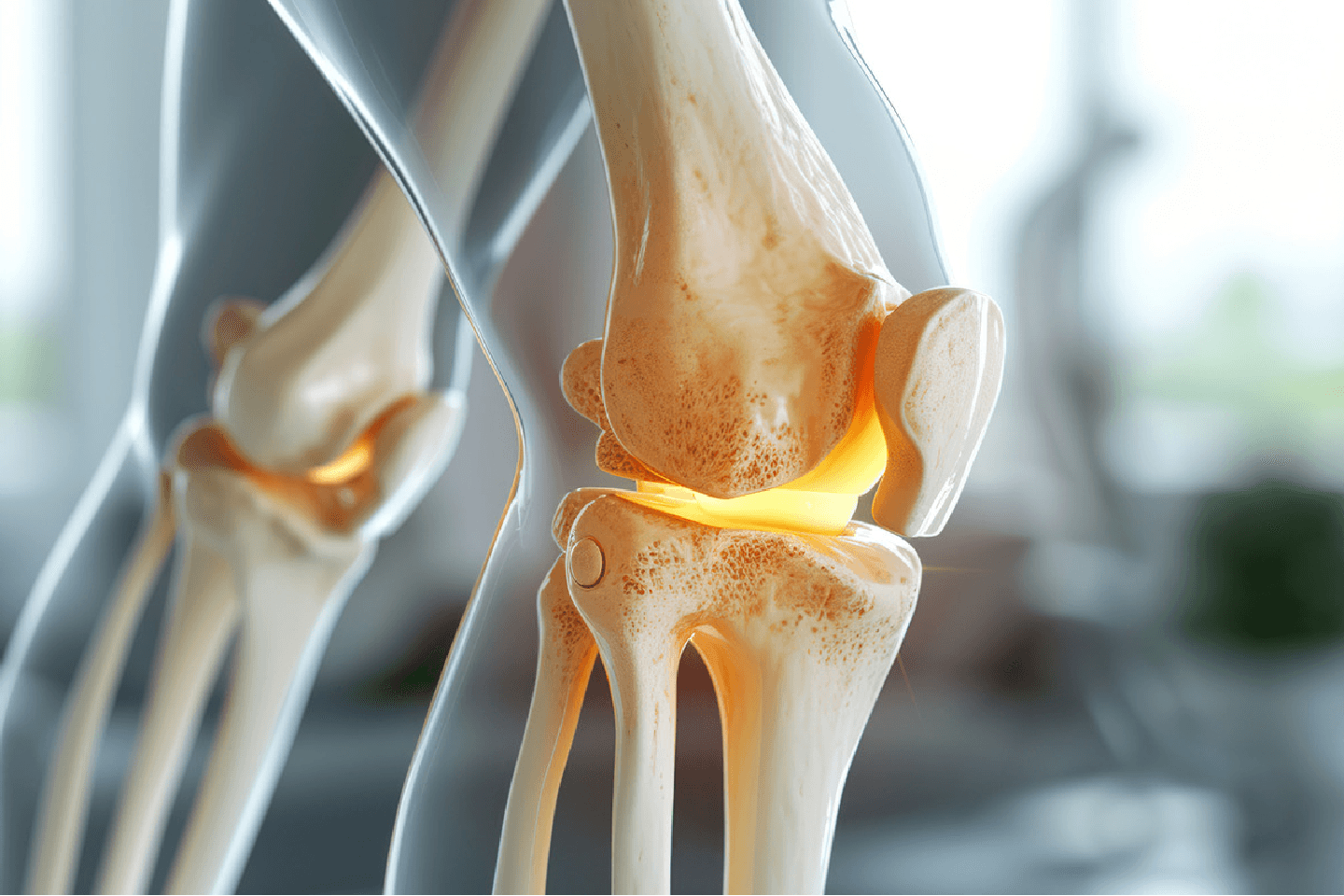
How Does Robotic-Assistance Help Overcome Surgical Challenges for Complex Knee Replacement Cases
What is Knee Replacement Surgery?
Knee replacement surgery, also known as knee arthroplasty, aims to alleviate pain and restore function in severely damaged knee joints. Common indications for this procedure include severe arthritis, traumatic injuries, and other degenerative joint diseases. Traditional knee replacement involves replacing the damaged parts of the knee with artificial implants, a process that requires high precision and expertise.
Traditional Knee Replacement Procedure and Its Limitations
While traditional knee replacement surgery has been successful in many cases, it presents significant challenges, particularly in complex situations such as severe deformities, previous surgeries, and obesity. Achieving precise alignment and positioning of the implant is crucial for the success of the surgery, but anatomical variations and deformities can complicate this task. Moreover, optimal soft tissue balance and minimizing blood loss are other critical factors that impact surgical outcomes and patient recovery.
Introduction to Robotic-Assisted Knee Replacement
Robotic-assisted knee replacement is an innovative approach that integrates advanced robotics and computer technology to enhance surgical precision and outcomes. This method uses a combination of a robotic arm, computer software, and preoperative planning tools to assist surgeons in performing knee replacement surgeries with greater accuracy.
Components of the Robotic System
The robotic system comprises several key components:
- Robotic Arm: This assists the surgeon in executing precise movements during the surgery.
- Computer Software: This allows for detailed preoperative planning and real-time feedback during the procedure.
- Preoperative Planning Tools: These tools help in creating a customised surgical plan based on the patient’s unique anatomy.
How Robotic Knee Replacement Overcomes Surgical Challenges
- Enhanced Preoperative Planning: Using advanced imaging techniques, the surgeon can create a detailed 3D model of the patient’s knee. This model aids in planning the surgery with pinpoint accuracy, ensuring that every step is tailored to the patient’s specific needs.
- Improved Surgical Precision: The robotic arm, guided by the surgeon, ensures that the implant is placed with the highest degree of accuracy, reducing the risk of misalignment and improving the longevity of the implant.
- Customised Implant Positioning: Every patient’s anatomy is unique, and robotic surgery allows for customised implant positioning. This customisation leads to better fitting implants, improved joint function, and greater patient satisfaction.
- Better Soft Tissue Management: The robotic system provides real-time feedback, allowing the surgeon to make necessary adjustments during the procedure. This ensures optimal soft tissue balance, which is crucial for the stability and function of the knee joint.
- Reduced Intraoperative Blood Loss: Robotic knee replacement is minimally invasive, which significantly reduces intraoperative blood loss. The precision of robotic assistance minimises tissue damage, leading to quicker recovery and fewer complications.
CUVIS JOINT ROBOTIC SYSTEM from Meril
CUVIS JOINT ROBOTIC SYSTEM from Meril is India's First Robotic Surgery System. It represents the most advanced surgical robotic technology, supporting surgeons with personalised preplanning and precise cutting for predictable and consistent results. The system's active robotics is user-friendly, flexible, accurate, and safe, enhancing the surgical experience. CUVIS is designed to uplift patient care by ensuring consistent and predictable surgical outcomes. It marks a step towards a smarter future in healthcare, offering improved precision and better recovery for patients.
Conclusion
Robotic knee replacement is revolutionising the field of orthopedic surgery, particularly in complex cases. As technology continues to advance, the future of knee replacement surgery looks promising, with active robotics playing a pivotal role in ensuring optimal results.
References
https://www.mayoclinic.org/tests-procedures/knee-replacement/about/pac-20385276
https://evidence.nihr.ac.uk/alert/obesity-should-not-rule-out-knee-replacement-surgery/
https://www.pennmedicine.org/for-patients-and-visitors/find-a-program-or-service/orthopaedics/knee-pain/knee-surgery/knee-replacement-surgery/robotic-knee-replacements
https://www.merillife.com/blog/medtech/active-robotics-in-knee-replacement-surgeries-for-varying-patient-anatomies
https://www.arthritis-health.com/surgery/knee-surgery/traditional-knee-replacement-vs-minimally-invasive-knee-replacement



